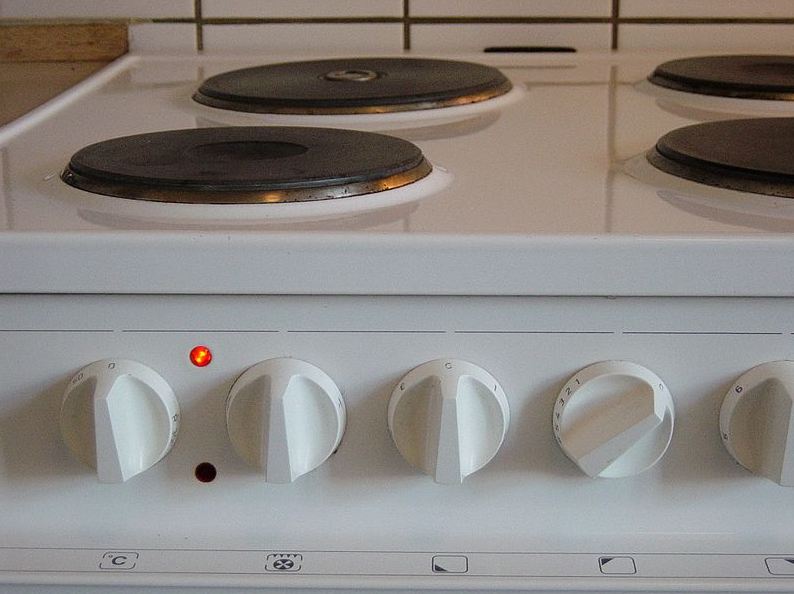Cooking has played a vital part in human evolution. For early humans, the process made food far more digestible, allowing nutrients and calories far easier to absorb and providing them access to more types of food sources needed for survival.
The exact origins of cooking are shrouded with mystery. It is speculated that primitive people only tasted roast meat accidentally, perhaps discovering animal meat engulfed by fire tasted more palatable and easier to chew. Humans then discovered how to make fire and began using it to cook food. Humanity then has been in the constant search of finding ways to efficiently cook foods still using fire in one way or another as their means for cooking.
All things change with the advent of the electric stove that revolutionized cooking and has become the favorite choice among many homes and businesses. In this article, let’s look at the history of the electric stove and how it reflects the many significant advances in science and technology.
The History of the Electric Stove
You might be surprised that the first types of stove were primarily used solely for heating purposes. Its earliest record was from 1490. It was built in Alsace, France using tile and brick, including the flue that conveyed the exhaust. Later models from Scandinavia used tall iron flues while stoves from Russia utilized masonry flues.
Jumping to 1740, Benjamin Franklin invented the Franklin stove, a metal-lined wood-burning stove. It was used to warm urban dwellings, frontier cabins, and farmhouses, and became the standard for many decades. Fifty years later, Benjamin Thompson, famously known as Count Rumford, created the first kitchen range that used wood or charcoal. It featured a flat-surfaced heat source with holes on the iron top for the pots, signaling the use of stoves for both heating and cooking.
In 1826, James Sharp, an English inventor, made the first gas stove. It became a better alternative to wood or coal burners as they were easier to use. However, gas was deemed to be an expensive type of fuel to be utilized for cooking. It was only in 1880 when it received massive success after new technology concerning gas pipeline transport made the fuel relatively efficient and cheaper for home use. Gas stoves immediately became very popular in Europe and later on, in the United States.
The discovery of electricity heralded the invention of many electrically powered appliances. In 1892, William Hardaway was granted the first patent for the electric stove. Like gas stoves, however, it struggled in its early phase as many towns and cities were yet to be electrified. Thus, making electricity more expensive as compared to the price of other fuels used for stoves (wood, coal, and gas.) Not to mention that many people weren’t familiar with new technology while many other factors, such as heating elements, temperature regulation, and durability were also still being improved.
In the 1920s, technology soon caught up as well as the electric stoves. Electric power became economical and widely available and developments with its design helped increase the acceptance of electric stoves. Of course, there were people who scorned the new tool, deeming that electric stoves stripped off the art and passion from the process of cooking. Being cheaper, easier to clean, and faster, electric stoves were still able to keep up with their gas-burning counterparts.
Today, people either use fuel-burning and electric stoves for their homes and kitchens. The choice between the type of stove to use boils down to personal preferences, given that both can basically offer the same functionality. What’s exciting is the options and features that may still come in the future, as seen in the rich history of the stoves berthed by the incredible rise of technology.

